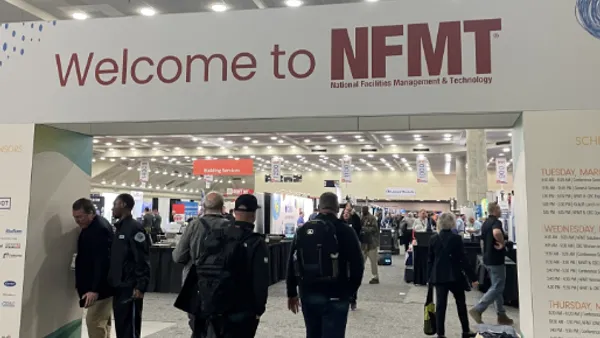Dive Brief:
- Investment in existing campus facilities grew more than 26% year over year in 2023 and is up by one-third since 2021, according to the latest report from building intelligence firm Gordian.
- In its report, Gordion called last year’s spike in spending “a remarkable shift,” indicating that campus leaders are devoting resources and attention to maintaining their existing facilities, and that they recognize “the value of physical assets to the campus experience.”
- That’s the good news. The bad news is that inflation in construction services and building supplies has grown significantly over the same period, and a large gap still exists between need and spending on maintaining facilities.
Dive Insight:
College spending on facilities bottomed out during the pandemic, as might be expected. In that period, the gap between need and spending on existing buildings widened to 43%, according to Gordian’s analysis.
But the chasm existed long before the pandemic. Since the Great Recession, the investment gap has never been smaller than 16%, according to the report, which was culled from Gordian’s database of 43,000 campus buildings and $13.5 billion worth of capital and operating budgets.
New and old buildings have long competed for budget dollars and officials’ attention. While new buildings might grab headlines and win donations, building renovations and maintenance — facilities’ basic appearance and functionality — can be clues to a college’s underlying financial health. They can also act as recruitment and retention tools for campus leaders.
In its report, Gordian drew a direct line between looming demographic and enrollment pressures on one hand, and spending on buildings on the other. The authors pointed out that vacant, unused spaces on a campus might give students and donors “a reason to enroll or give elsewhere, accelerating campus decline.”
“Misalignment between the existing campus footprint and the shrinking need for physical space embodies incredible financial risks,” they noted.
In other words, campuses can’t keep growing physically if enrollments are falling, which means the need to keep existing buildings in good condition might be higher than ever.
“Minimally, these spaces require basic care to preserve them as assets,” the report authors said.
Notwithstanding recent investment increases, that care has declined in recent years. Inspection scores in exteriors and mechanical spaces from colleges Gordion works with show steep, double-digit declines since the onset of the pandemic, which the authors call “meaningful degradation” in facilities.















